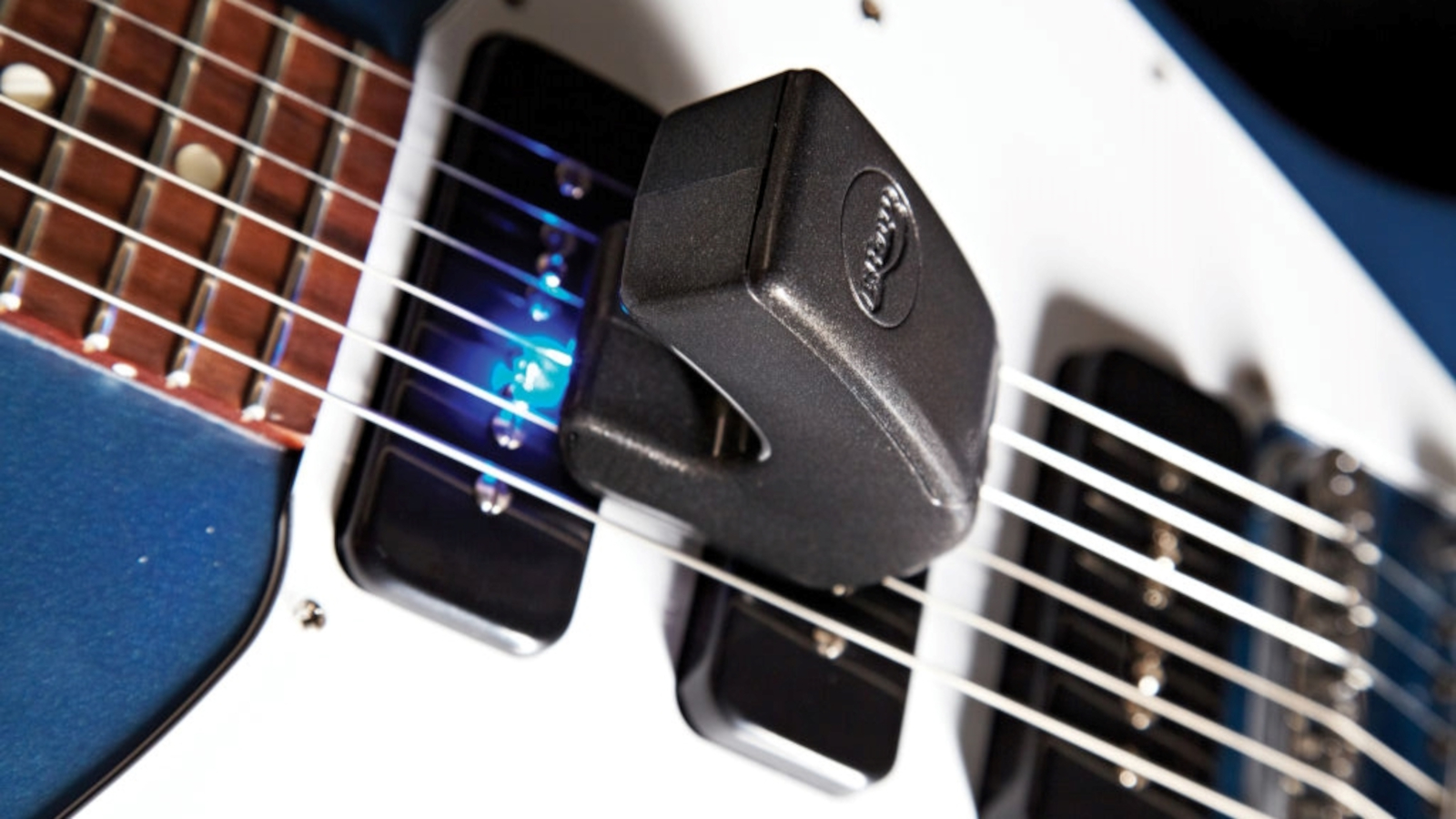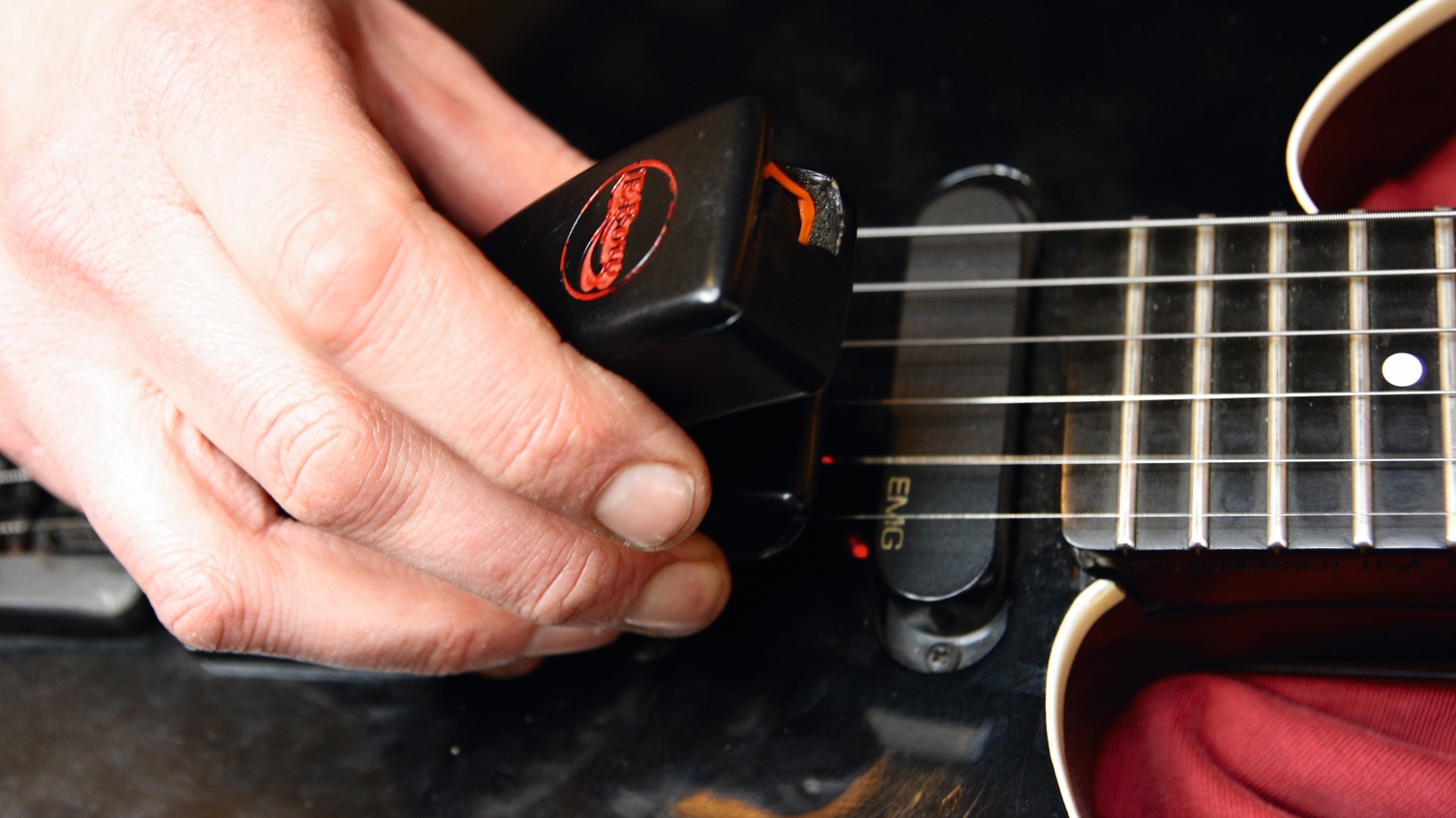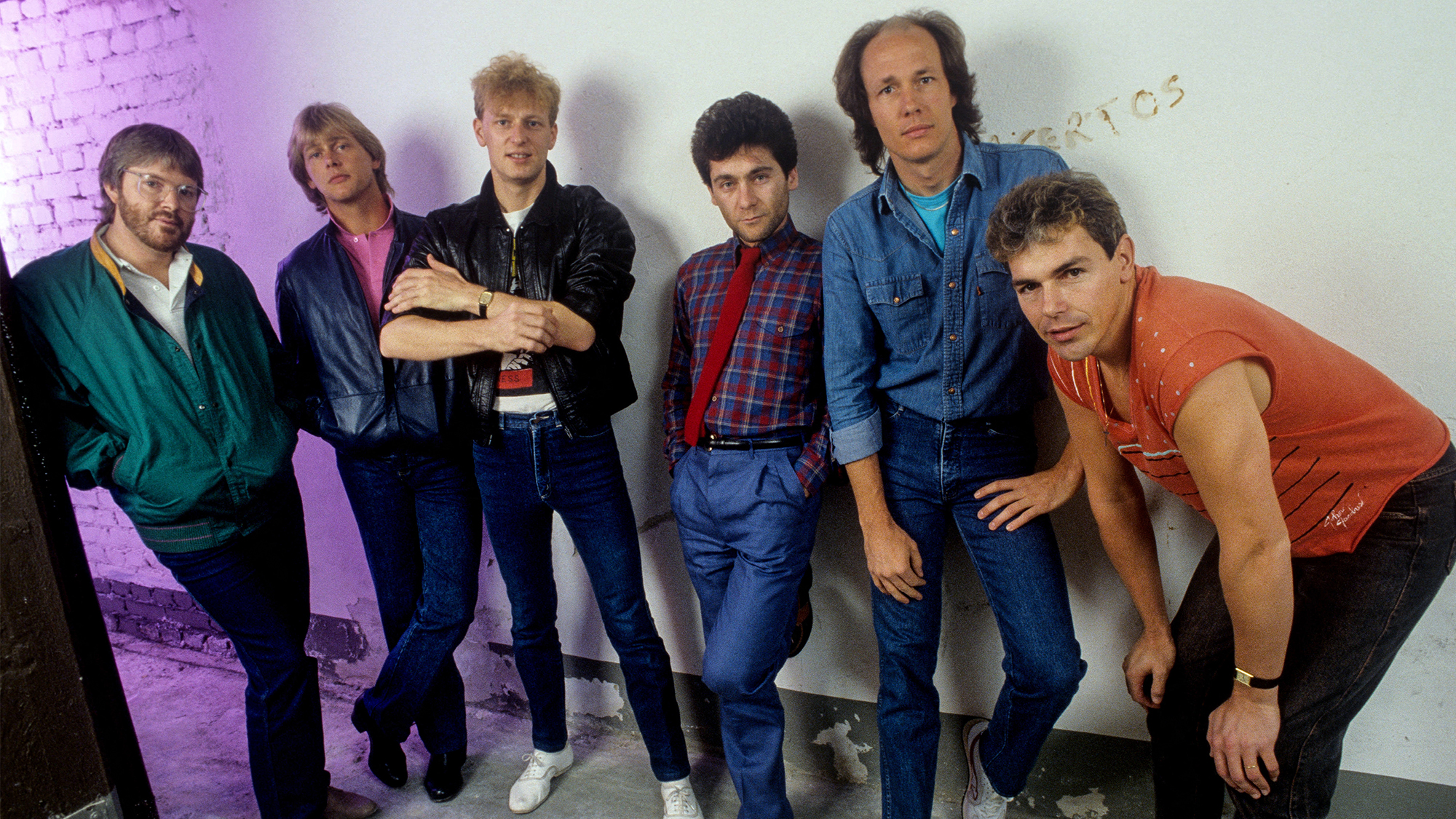How to EBow Like a Pro
Watch guitarists Phil Keaggy and Big Country’s Stuart Adamson demonstrate their mastery of this oft-misunderstood guitar gadget.

With a solo career spanning nigh on 50 years and dozens of albums, gospel-oriented guitarist/vocalist Phil Keaggy has achieved – and still enjoys – incredible popularity via his albums and concert appearances.
The Ebow will also work on steel string acoustic guitars. Try it on the unwound strings to discover new textures and sounds.
One of Guitar Player's top 50 acoustic guitar players of all time, Keaggy is a strikingly imaginative guitarist who weaves loopers and effects into his fingerstyle playing to create beautifully textured music that inspires audiences and fellow guitarists alike.
He is also a master of the Ebow – a device for electric guitar that, when used well, can emulate the sound of orchestral strings, horns and woodwinds by producing infinite sustain.
Invented in 1969 by Greg Heet, the EBow uses an inductive string driver to form a feedback circuit that creates continuous vibrations.
Early adopters include Blondie’s Chris Stein, Blue Öyster Cult’s Buck Dharma (who used it to create the sustaining note that ends his solo on “Don’t Fear the Reaper”) and Bill Nelson, who many consider to be the EBow master.

It was Nelson who introduced it to the guitarist who made the greatest impression with it: Stuart Adamson of the Skids and, later, Big Country.
While it’s often thought Adamson used an EBow to create the bagpipe-like lead guitar on the hit “In a Big Country,” that effect was created with an MXR M-129 Pitch Transposer, chorus and delay.
All the latest guitar news, interviews, lessons, reviews, deals and more, direct to your inbox!
His most evident – and influential – use of an EBow was on the Big Country tracks “Lost Patrol” and “The Storm.”
More than 50 years on, the EBow’s appeal, like its effect, is infinite.
Visit the EBow website for more information.

Art Thompson is Senior Editor of Guitar Player magazine. He has authored stories with numerous guitar greats including B.B. King, Prince and Scotty Moore and interviewed gear innovators such as Paul Reed Smith, Randall Smith and Gary Kramer. He also wrote the first book on vintage effects pedals, Stompbox. Art's busy performance schedule with three stylistically diverse groups provides ample opportunity to test-drive new guitars, amps and effects, many of which are featured in the pages of GP.
